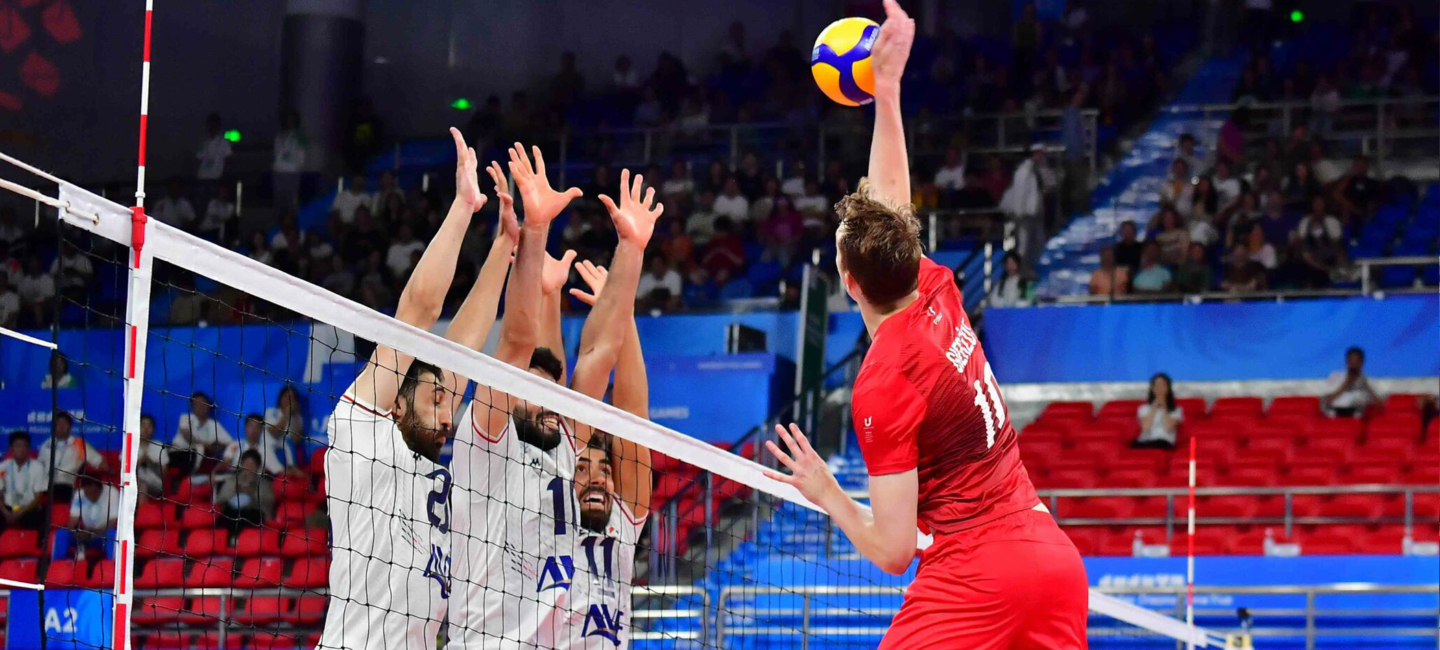How to Communicate Effectively on the Volleyball Court
How to Communicate Effectively on the Volleyball Court
Blog Article
How to Communicate Effectively on the Volleyball Court

Volleyball is a fast-paced team sport where communication is just as vital as technical skill. Effective communication on the court helps build trust, reduce errors, and foster team synergy—whether you're playing at a recreational, high school, collegiate, or professional level. From calling the ball to strategizing plays, knowing how and when to communicate can be the difference between a win and a loss. In this comprehensive guide, we’ll explore how to communicate effectively on the volleyball court, including verbal and non-verbal cues, communication drills, leadership roles, and tips for building team chemistry.
Why Communication Matters in Volleyball
Communication in volleyball ensures that everyone on the court is aware of what's happening at all times. It improves coordination, boosts confidence, and minimizes collisions or missed plays. Here’s why it’s so important: slot gacor deposit 5000
Prevents confusion: Ensures everyone knows who is taking the ball.
Increases efficiency: Helps players prepare for the next move.
Builds trust: Players rely on one another and perform better as a team.
Encourages positivity: Promotes encouragement and constructive feedback.
Enables strategy execution: Communicating plays, blocking schemes, and transitions.
Types of Communication on the Court
Verbal Communication
This is the most common and direct form of communication in volleyball.
Key Phrases to Use:
“Mine!” – Calling the ball to avoid confusion.
“Help!” – Asking for backup if unsure about a ball.
“Outside!” / “Middle!” / “Back!” – Indicating where the ball is going.
“Short!” / “Deep!” – Giving location cues during serves.
“Line!” / “Cross!” – Informing defenders about the hitter’s direction.
“Free!” – Alerting the team that a free ball is coming.
“Tip!” – Warning teammates of a soft hit.
“Go!” – Encouraging a set or play to continue.
Tone and Volume Tips:
Be loud and clear, especially in noisy gyms or outdoor environments.
Use a confident tone; hesitation can cause confusion.
Speak early, not after the play develops.
Non-Verbal Communication
Subtle signals are often just as important as words.
Examples:
Hand signals behind the back for serve and block strategies.
Eye contact between setters and hitters.
Gestures such as pointing to open spaces or calling plays.
Body language that shows readiness and confidence.
Non-verbal communication is especially useful in loud games or when stealth is needed to avoid telegraphing plays to opponents.
Role-Specific Communication Strategies
Setters
Act as the on-court quarterback.
Call plays and communicate with hitters on tempo and ball location.
Use eye contact and hand signals pre-play.
Liberos
Direct the back row defense.
Call out “mine,” “out,” or positional adjustments.
Provide feedback to front-row blockers.
Hitters
Signal their approach preferences (e.g., quick set, high ball).
Yell out for the set or to warn about blockers.
Blockers
Use hand signals to indicate blocking strategy.
Communicate double or single block situations to back-row defenders.
Building a Culture of Communication
Communication doesn’t just happen overnight. It requires a team effort and buy-in from every player and coach.
Encourage Open Dialogue
Foster an environment where players feel safe to speak up.
Allow feedback both on and off the court.
Positive Reinforcement
Use affirmations like “Nice pass,” “Good hustle,” or “We got this.”
Uplifting language boosts morale and keeps the team energized.
Set Expectations
Create communication rules or codes for certain situations.
Hold players accountable for calling balls and supporting teammates.
Drills to Improve Communication
Practice is the key to building strong in-game communication. Here are some drills that enhance both verbal and non-verbal interaction:
Call the Ball Drill
During normal play, require each player to call “mine” loudly before touching the ball.
Penalize missed communication to emphasize importance.
Blind Volleyball
Players wear blindfolds or look away while receiving instructions via voice cues.
Encourages trust and sharpens listening skills.
Silent Volleyball
Teams must play without speaking to emphasize body language.
Helps develop non-verbal communication instincts.
Communication Circuits
Set up stations focused on relaying messages quickly (e.g., passing a “code word” across the court).
Encourages speed and clarity in team communication.
Common Communication Mistakes (and How to Avoid Them)
Not Calling the Ball
Even if it seems obvious, always call it—better two voices than none.
Speaking Too Late
Timing is everything. Call early, not as you're already hitting the ball.
Using Vague Language
Use clear and universal terms known to the entire team.
Not Listening
Communication is two-way. Listen for cues from teammates.
Letting Emotions Take Over
Stay composed. Yelling out of frustration can demoralize others.
Communication During Matches vs. Practice
Match-day communication may look different than in practice:
Under pressure, players might forget to speak—remind each other to stay vocal.
In practice, over-communicate to develop habits.
Timeouts and huddles: Use these moments for strategy discussions and encouragement.
The Coach’s Role in Facilitating Communication
A good coach not only teaches skills but also nurtures communication habits:
Designate communication leaders or captains.
Review game footage to highlight missed or excellent communication moments.
Create scenarios in practice that require strategic discussion.
Reward effective communication efforts publicly.
How to Handle Conflict and Miscommunication
Even great teams will occasionally experience miscommunication. The